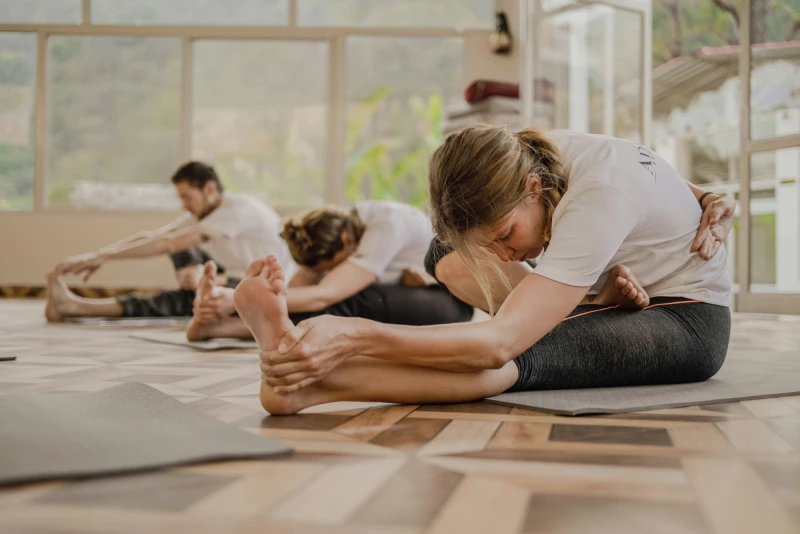
Many women report improved well-being in their intimate lives. It’s important to distinguish between expectations and evidence. According to the National Center for Complementary and Integrative Health, research on Pilates for specific conditions is still limited in scale and quality, though the practice is safe for most people and enhances overall physical conditioning. In the context of sexual health, the WHO defines it as not just the absence of dysfunction but a state of physical, emotional, and social well-being (WHO).
How Pilates Can Influence Sexual Health
Core and Pelvic Floor
Many Pilates exercises engage the deep core muscles and pelvic floor—key structures linked to urinary control, pelvic stability, and sensations during intimacy. UK clinical guidelines recommend pelvic floor training as a first-line approach for female urinary incontinence, which can enhance quality of life and indirectly support sexual function (NICE NG210). While Pilates doesn’t replace specialized pelvic floor physiotherapy, it can serve as a valuable complement under professional guidance.
Body Awareness, Body Image, and Stress
Pilates fosters breath control, mindfulness, and confidence in movement—factors tied to comfort and desire. The American College of Obstetricians and Gynecologists emphasizes that addressing female sexual challenges requires a multidisciplinary approach, including stress management and, when needed, pelvic floor physiotherapy and core exercises.
What We Know Today—Without Overstated Promises
Pilates can improve muscle endurance, control, posture, and body perception, which are linked to greater satisfaction and reduced discomfort for some women. However, large-scale randomized controlled trials specifically on “Pilates ↔ sexual function” are scarce, so it’s more accurate to speak of potential benefits as part of a broader plan that includes pelvic floor training, stress management, and addressing medical factors (hormonal, pain-related, postpartum, etc.).
Practical Tips (Gentle Approach)
- Start Gradually: Aim for 2–3 sessions per week, focusing on breathing technique and gentle pelvic floor engagement.
- For Symptoms (pain, dryness, urinary leakage, low desire), consult a doctor or physiotherapist; exercises should be tailored to your needs.
- Combine Approaches: Pilates paired with evidence-based practices (pelvic floor training, psychoeducation, stress management) is often more effective than any single practice alone.
Disclaimer: This material is for informational and educational purposes only and does not replace consultation with a doctor or physiotherapist. For persistent pain, pelvic floor dysfunction, low mood, or anxiety, seek a qualified specialist for a personalized care plan.


